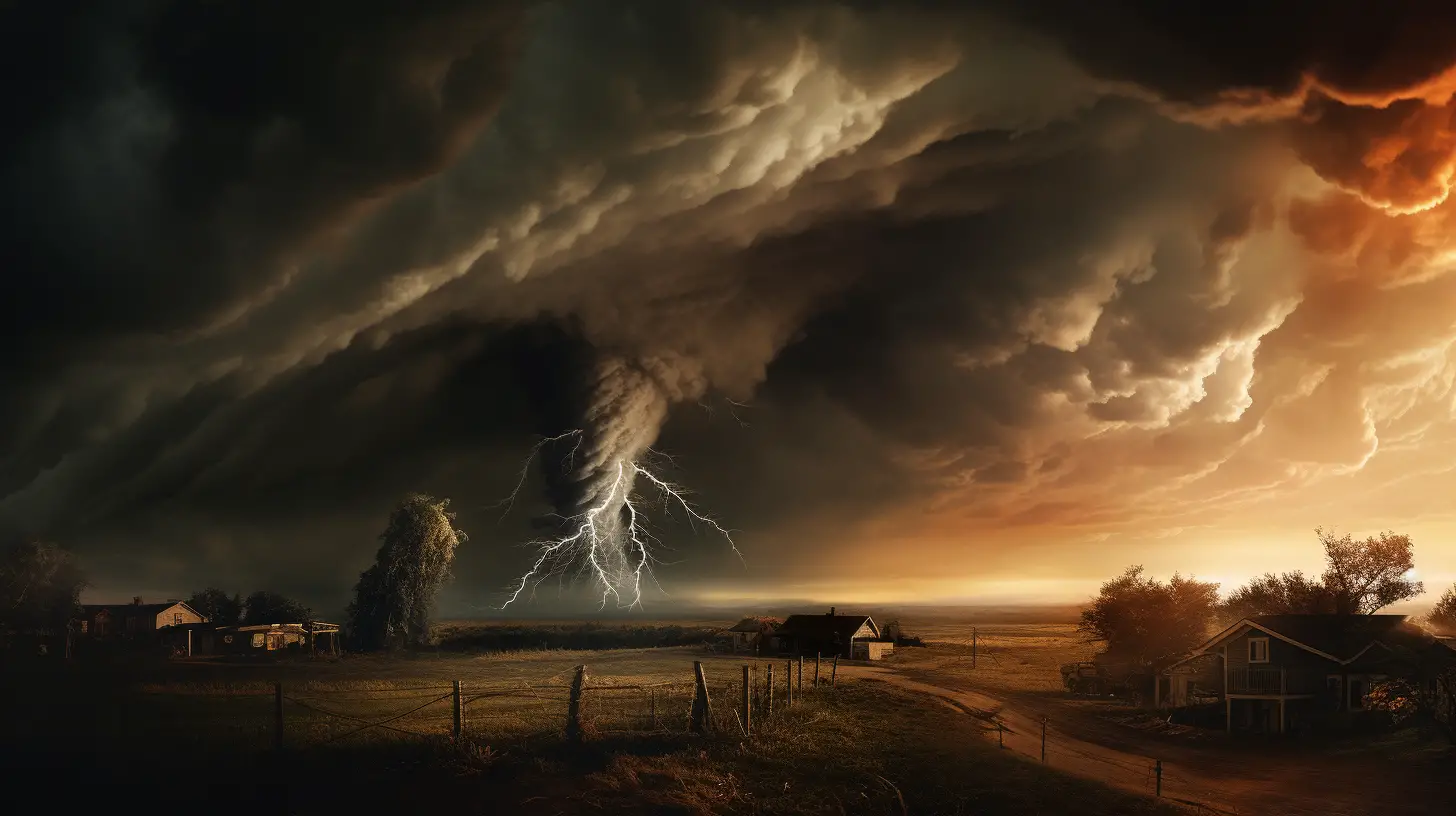The monsoon season, characterized by its heavy rains and changes in wind direction, is a fascinating and crucial phenomenon experienced in various parts of the globe. It impacts the lives of billions of people, dictating the livelihoods of many, particularly in agricultural societies, and playing a vital role in the ecosystems of countless species.

The monsoon season is not just about the deluge, but also the life-giving force it represents for many regions. Here are 25 interesting facts about the monsoon and why they happen:
1. Global occurrence: Monsoons do not only occur in India or Asia as commonly thought. They are experienced in North America, Africa, Australia, and Europe, affecting about half of the world’s population.
2. Wind reversal: Monsoons are caused by a change in the direction of prevailing winds. This is due to the differential heating and cooling rates of land and sea.
3. Predictability: Despite its vast impact, the arrival of the monsoon remains hard to predict accurately due to the complex interplay of atmospheric, oceanic, and terrestrial factors.
4. Temperature play: During the summer, land surfaces heat up faster than the ocean. This creates a low-pressure area over the land and high pressure over the sea, drawing moist air inland and causing rain.
5. Winter monsoon: In contrast to the wet summer monsoon, there is also a dry winter monsoon, where the temperature effect is reversed, leading to dry, cool winds blowing from land to sea.
6. Monsoon depression: This refers to areas of low atmospheric pressure that contribute to heavy rainfall during monsoons. They typically form over the Bay of Bengal and move northwest across India and Nepal.
7. The Indian Monsoon: The Indian monsoon, perhaps the most well-known, affects the lives of over a billion people. Agriculture in this region is heavily reliant on the timing and quantity of the monsoon rains.
8. Monsoon in the desert: The Arizona monsoon in the United States brings much-needed rainfall to the desert during the summer, leading to spectacular displays of wildflowers in the fall.
9. Rainiest place on Earth: Mawsynram, a village in Northeast India, holds the record for the most annual rainfall, primarily due to monsoon rains.
10. El Niño effect: The El Niño phenomenon, characterized by warming sea surface temperatures in the Pacific Ocean, can disrupt the normal pattern of the monsoon, leading to droughts or floods.
READ MORE: 25 Interesting Facts About Tornadoes and Why They Happen
11. Length of monsoon: The monsoon season can vary from a few weeks to several months, depending on the region.
12. Monsoon safety: Monsoons can also bring dangers like flash floods, landslides, and diseases. Adequate preparation and effective communication are key to reducing these risks.
13. Impact on wildlife: Monsoons play a crucial role in the life cycles of many species, triggering events such as migration, breeding, and blooming of plants.
14. Monsoon and climate change: Climate change is predicted to influence monsoon patterns, potentially leading to more extreme rainfall events and unpredictability.
15. Economic significance: For many countries, especially in Asia, monsoons have a significant economic impact as they are essential for agriculture and hydroelectric power generation.
16. Impact on air quality: Monsoons can improve air quality by washing away pollutants, but they can also lead to an increase in airborne diseases.
17. Pre-monsoon season: Some regions, especially in South Asia, experience a hot, dry period just before the monsoon. This is known as the pre-monsoon or summer monsoon season.
18. Cyclones and monsoons: Monsoons can sometimes trigger or intensify cyclones, especially in the Bay of Bengal and the Arabian Sea.
19. Monsoon trough: This is a portion of the Intertropical Convergence Zone affected by the monsoon. It’s typically characterized by thunderstorms and heavy rains.
20. Monsoons and culture: The arrival of monsoons is celebrated in various cultures. It often inspires art, literature, and festivals.
21. Monsoon forests: These are types of forests that thrive in monsoon-affected regions. They shed their leaves during the dry winter monsoon and come alive during the wet summer monsoon.
22. Monsoon research: The study of monsoons and their patterns is an important area of meteorological research, helping to predict weather patterns, natural disasters, and climate change effects.
23. Western Ghats: The Western Ghats in India is a hotspot of monsoon rainfall, due to the orographic effect, where air is forced to rise over mountains, cooling it and causing rainfall.
24. Impact on fisheries: Monsoons can affect fish populations by influencing ocean temperatures and nutrient availability, affecting both coastal communities and commercial fishing.
25. Monsoons and Global Warming: Scientists predict that with global warming, monsoons will become more intense, with stronger winds and more precipitation, potentially leading to increased flooding and other related disasters.
Understanding the monsoon and its myriad effects on life, economies, and ecosystems around the world is essential as we face the realities of a changing climate. Not merely a weather event, the monsoon is a symbol of the complex interplay between nature’s forces. It is this intricate dance that makes the monsoon season a captivating and vital part of our planet’s life cycle.


